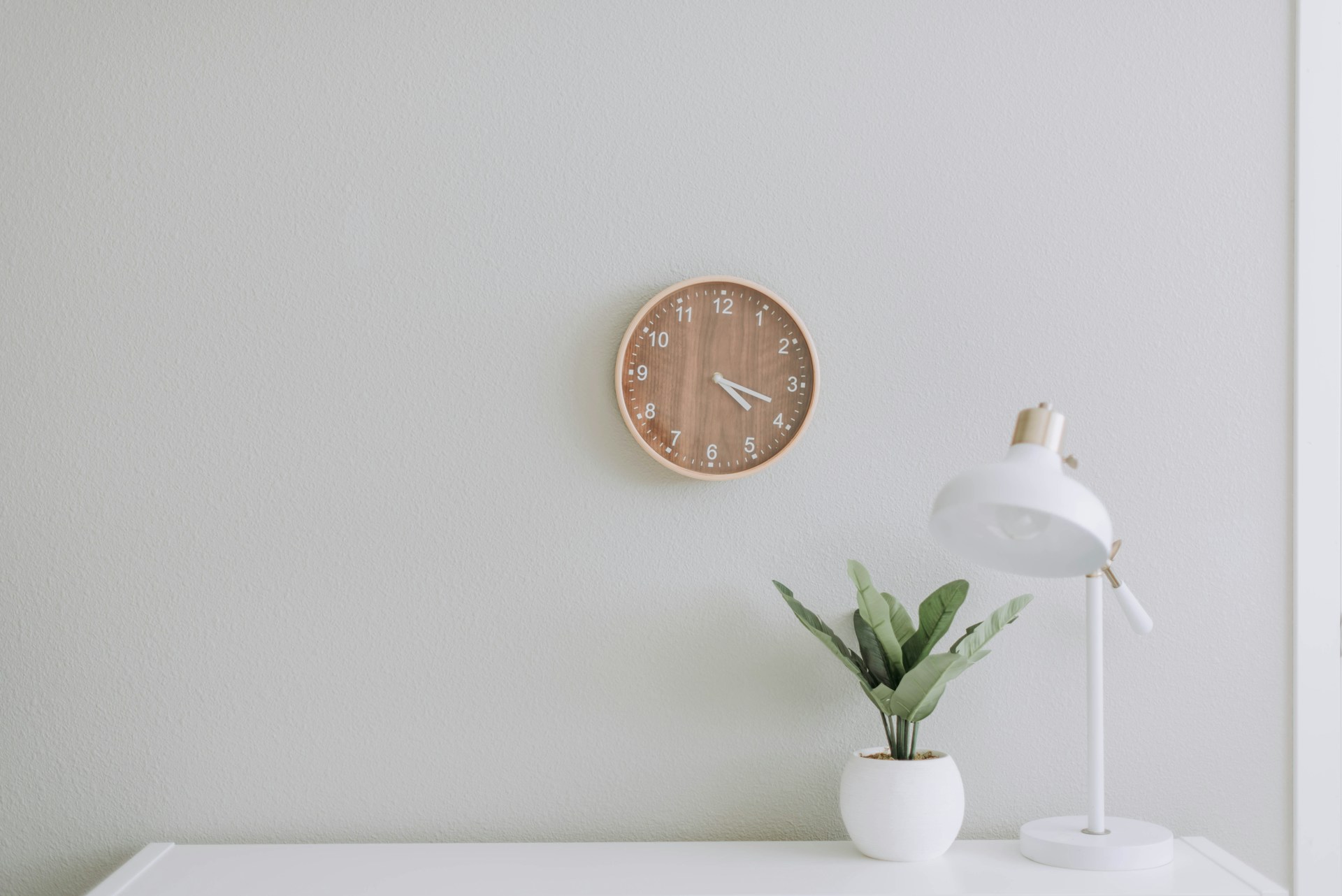Minimalism has emerged as one of the most influential design movements of the 21st century. It’s characterized by simplicity, clarity, and a focus on the essential elements, stripping away excess to create designs that are both functional and aesthetically pleasing. But minimalism is more than just a trend—it’s a philosophy that can transform how we approach design in various disciplines, from architecture and interior design to graphic and web design.
Understanding Minimalism in Design
At its core, minimalist design is about doing more with less. The philosophy encourages designers to prioritize the essentials, ensuring that every element serves a purpose. This approach leads to designs that are clean, uncluttered, and free of distractions.
In a minimalist design, white space (or negative space) plays a crucial role. By embracing white space, designers can create a sense of openness and calm, allowing the content to breathe and making it easier for the audience to focus on what’s important. The strategic use of white space can also help highlight specific elements, such as a call-to-action button or a key piece of information.
The Principles of Minimalist Design
Several key principles guide minimalist design:
- Simplicity: This is the heart of minimalism. A simple design doesn’t mean a lack of creativity or detail; it means refining elements to their most essential forms, reducing complexity, and avoiding unnecessary embellishments.
- Functionality: Every element in a minimalist design should have a clear function. Decorative elements that do not serve a practical purpose are often eliminated, ensuring that the design is as efficient as it is beautiful.
- Focus on Typography: In the absence of intricate visuals, typography becomes a powerful tool in minimalist design. Clean, bold, and legible fonts help convey the message without overwhelming the viewer. The choice of typeface, size, and spacing is crucial in maintaining the balance and harmony of the design.
- Color Palette: Minimalist designs often feature a limited color palette. Neutral tones like whites, blacks, and grays are common, though some designs might include a single bold color to draw attention or create contrast. The restrained use of color enhances the sense of calm and order in the design.
- High-Quality Imagery: When images are used in minimalist design, they are usually high-quality and relevant to the message. Often, these images are simple and have a lot of negative space, aligning with the overall minimalist aesthetic.
Applications of Minimalist Design
Web Design: In web design, minimalism can improve user experience by making websites easier to navigate. A minimalist website often loads faster, is more responsive, and is more accessible to users with varying needs. It also helps in focusing the user’s attention on the content or actions you want them to take, such as subscribing to a newsletter or making a purchase.
Graphic Design: Minimalism in graphic design can make a brand’s message more impactful. By using fewer elements, the design becomes more memorable and recognizable. Logos, for instance, benefit greatly from minimalist design, as they need to be simple yet distinctive to be effective across various mediums.
Interior Design: In interior design, minimalism promotes a clutter-free environment that feels spacious and serene. The use of natural light, simple furniture, and a neutral color palette can create a home or office space that is both functional and inviting.
Product Design: Minimalist product design focuses on the user experience, ensuring that products are intuitive and easy to use. Apple’s product designs are a prime example of minimalism, where the aesthetic is clean, and every feature serves a clear purpose.
The Benefits of Minimalist Design
The benefits of minimalist design extend beyond aesthetics. Here are some key advantages:
- Improved Focus: By reducing visual clutter, minimalist design helps users focus on the essential elements, whether it’s reading a piece of content, navigating a website, or using a product.
- Timeless Appeal: Minimalist designs often have a timeless quality, as they are not tied to fleeting trends. This longevity makes minimalist design a sustainable choice for brands and businesses.
- Enhanced Usability: In web and product design, minimalism often leads to a more intuitive user experience, making it easier for people to achieve their goals with minimal effort.
- Versatility: Minimalist design can be applied across various industries and platforms, making it a versatile approach that adapts to different needs and audiences.
Conclusion
The art of minimalist design lies in its ability to communicate more by using less. It’s a discipline that requires careful consideration of every element and a commitment to simplicity. Whether you’re designing a website, creating a brand identity, or decorating a space, minimalism offers a way to create work that is both functional and beautiful. In a world that often feels chaotic and cluttered, minimalist design provides a breath of fresh air, offering clarity, focus, and a sense of calm.

Leave a Reply